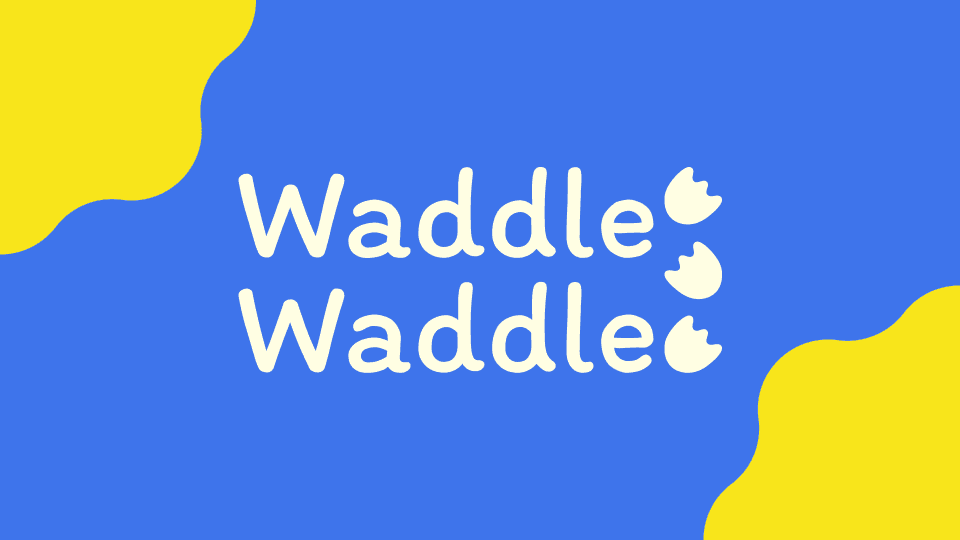Darts for Target
UX/UI Design
Summary
Over the course of a 10-week semester project, our three-person team successfully developed a digital shopping cart interface tailored for Target. This innovative solution empowers customers with seamless navigation, a user-friendly shopping cart, real-time item location and stock updates, and additional functionalities. Throughout this endeavor, we developed our skills in project management, application development, and crafting optimal user experiences.
Duration:
10 weeks, Nov '23
Skills:
Project Management, UX, & UI Design
Tools:
Figma
Design Process
The Double Diamond Model: To Discover, Define, Develop, & Deliver
The utilization of the double diamond model the team was able stage our various perspectives to center the project scope. Define a clear problem and iterate ideas to develop solutions. By the end the team was able to deliver a refined final product with a clear goal.
Discover
The Scope: To curate an application prototype for Target through a digital shopping cart experience.
In this stage, we focused on understanding the current landscape of Target's shopping experience—both online and in-store. This included defining our project scope, preparing for user research, and drafting deliverables while setting an initial timeline for production.
We started by questioning how the new project would impact the existing shopping experience:
How can this solution improve convenience for users?
What pain points in the current experience can we address?
How will our solution integrate with the current brick-and-mortar and digital environments?
Define
The Research: Gather Insight into the in-store experience, online experience, and possible experience.
From our research, we identified critical pain points in Target's current shopping systems:
In-store Experience: Many users experience long wait times and difficulty in checkout process within Target, especially when needing a few items.
Online Experience: Customers continuously wanted a more seamless cart-to-checkout experience, as findings lead to customers are not utilized online services, ranking pick-up options as the most used.
Hybrid Possibilities: We explored the potential for a more connected experience where users could switch between in-store and online shopping with ease.
We then created personas and user journey maps to identify the needs and frustrations of Target’s customers. Our insights helped frame specific "How Might We" questions to guide the solution design.
Key Deliverables:
Personas and User Journey Maps
Problem Statements (e.g., "How might we streamline the checkout process to minimize friction for users?")
Develop
The Ideation: Brainstorm and prototype solutions to address key pain points.
This phase involved ideating multiple solutions, from low-fidelity sketches to interactive wireframes. Focused on improving the digital experience to implement into carts, building from the ground-up referring to existing web, mobile, and in-store software experiences.
We conducted design sprints to explore different solutions, utilizing feedback from team members, users, and course professor to refine ideas. We initially focused on set goals:
Goal 1: A cart that synchronizes in-store experience with digital integration.
Goal 2: Streamlined user's information, checkout flow, and accessibility to access the product swiftly.
Each prototype went through rounds of usability testing to ensure the designs met user needs and enhanced the overall shopping experience.
Key Deliverables:
Low-fidelity Sketches and Wireframes.
Storyboard.
Information Architecture.
Deliver
The Prototype: Refine and finalize the most effective design with high-fidelity mockups and interactive prototype via Figma.
In this final phase, we focused on delivering our prototypes with high-fidelity designs, incorporating feedback from testing. We prepared the prototype, mockup, and more.
Through final user tests and iterations, we refined the most promising prototype into a fully functional, high-fidelity design. This included:
UI/UX Improvement: Transfer and update existing Target web, app, and in-store digital experience to Darts.
User Profile Integration: Implement User Accounts with Target Circle log-in, saved list and wishlist, purchase history, and more.
Real-Time Shopping: View item in-store and online availability, simultaneously implementing shopper direction.
Enhanced Accessibility: Intuitive accessibility feature access saved to User Accounts for next shopping.
Key Deliverables:
High-fidelity Mockup.
Figma Prototype
Usability Testing Summary.
Project Timeline Poster.











